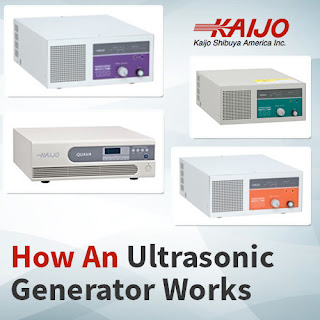The large compressors are usually used by utility
companies to move natural gas through pipelines into storage. The compressors
themselves, as well as the engines that drive them, are exposed to a lot of
grease, grime and deposits and thus require extensive cleaning and maintenance.
Many utility companies use conventional methods of cleaning
those heavily and hardened grease- and oil-based components. However, industrial
ultrasonic cleaners now offer a better alternative
solution to traditional cleaning methods. They use powerful ultrasonic
generators and transducers to generate microscopic bubbles in the cleaning
solution. These bubbles act as “scrubbers” which cleans parts quickly and
thoroughly.
Traditional cleaning methods use strong cleaning
chemicals which may corrode or damage the surface of the parts being cleaned.
Using industrial ultrasonic
cleaners on the other hand only requires a gentle water-based
cleaning solution to clean parts. A mild detergent may also added, and/or the
solution can be heated if needed for cleaning off grease and oil-based
materials.
Unlike manual scrubbing, microscopic bubbles generated
by ultrasonic cleaners can reach inaccessible interior surfaces (such as holes,
bolt threads and deep crevices) of the parts being cleaned. The result? When a
part is submerged in the ultrasonic tank all surfaces are cleaned equally and
completely.
Using industrial ultrasonic cleaners will
significantly reduce the need to soak soiled materials in a harsh cleaning
solution. Not only will ultrasonic cleaning system will save you time, it will
also save you money as well. When
machine parts are cleaned down to the bare metal throughout, maintenance is
more effective, easier to carry out and provides improved reliability for the
compressors and engines. Parts that are completely clean will usually have a
longer life and extend the lifetime of the corresponding machines. Overall facility
operating performance will be more cost-effective and energy-efficient.
Kaijo can help utilities realize the benefits of using ultrasonic technology. For more details read the entire article, “How Utility Companies Cut Grease, Grime and Costs with Ultrasonic Cleaners”. For a free consultation or quote call Kaijo at 408-675-5575 or email info@kaijo-shibuya.com.















